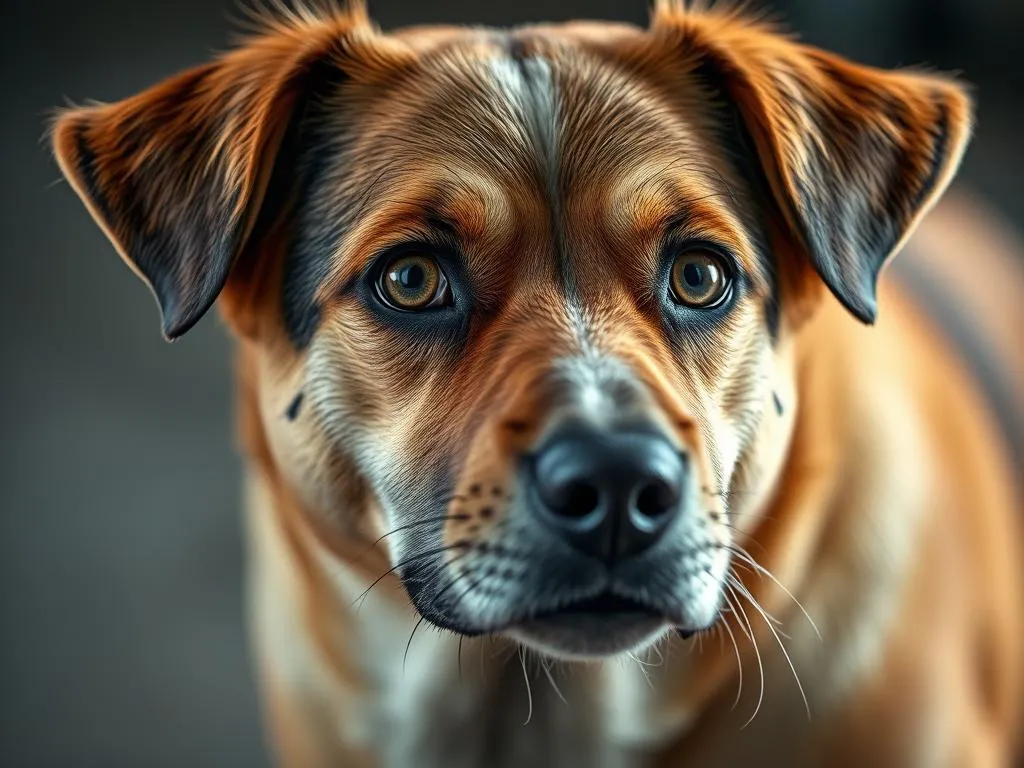
Introduction
Dog eye discharge is a common issue that many pet owners encounter. It refers to the fluid or matter that can accumulate in or around a dog’s eyes. Maintaining eye health is crucial for your dog’s overall well-being, as the eyes are sensitive organs that can indicate underlying health problems. In this article, we will delve into the various aspects of dog eye discharge, including its causes, symptoms, diagnosis, treatment options, and preventative care. By understanding this condition, you can better care for your furry friend and ensure they lead a healthy, happy life.
Understanding Dog Eye Discharge
What is Eye Discharge?
Eye discharge in dogs can vary significantly in appearance and consistency. While some discharge may be considered normal, especially in certain breeds, excessive or colored discharge can signal a problem.
-
Normal Discharge: A small amount of clear or slightly cloudy discharge is typical, especially upon waking. This can occur in many dogs and is often not a cause for concern.
-
Abnormal Discharge: Any discharge that is thick, yellow, green, or accompanied by other symptoms is generally considered abnormal and should be evaluated by a veterinarian.
Types of Discharge
- Clear Discharge: Often associated with allergies or minor irritation.
- Yellow or Green Discharge: Indicates a possible infection, such as bacterial conjunctivitis.
- Red or Brown Discharge: May indicate more severe issues, including ocular disease or systemic conditions.
Common Causes of Eye Discharge
Several factors can contribute to dog eye discharge, and understanding these can help in addressing the issue effectively:
-
Allergies: Dogs can be allergic to pollen, dust, food, or other environmental factors, leading to watery eyes and discharge.
-
Infections: Bacterial, viral, or fungal infections can cause significant eye discharge, often accompanied by redness and swelling.
-
Foreign Objects: If a foreign object, like a piece of grass or dust, gets lodged in the eye, it can cause irritation and discharge.
-
Eye Conditions: Conditions like conjunctivitis, keratitis, or uveitis can result in excessive discharge and should be treated promptly.
-
Systemic Health Issues: Certain diseases, such as diabetes or autoimmune disorders, can manifest through eye discharge.
Identifying the Symptoms
Signs of Eye Discharge
Recognizing the signs of dog eye discharge is essential for timely intervention. Here are some symptoms to look for:
-
Increased Tearing: If your dog’s eyes seem constantly wet, this may be a sign of excessive tearing.
-
Red or Swollen Eyes: Inflammation in the eyes often accompanies discharge and indicates irritation or infection.
-
Pawing at the Eyes: If your dog frequently paws at their eyes, this could signal discomfort or irritation.
-
Change in Behavior: Sensitivity to light, reluctance to play, or other behavioral changes can indicate eye issues.
When to Seek Veterinary Advice
While some cases of dog eye discharge may resolve on their own, others require veterinary intervention. Consider seeking help if:
- The discharge persists for more than a day or becomes severe.
- Your dog exhibits additional symptoms like fever, lethargy, or loss of appetite.
- You notice swelling of the eyelids or significant irritation.
Diagnosis and Treatment Options
Veterinary Examination
A professional diagnosis is crucial for addressing dog eye discharge effectively. During a veterinary examination, the veterinarian will:
- Perform a thorough eye exam to assess the severity of the discharge.
- Check for foreign objects or other visible issues.
- Conduct tests, such as eye cultures or tear production tests, to determine the cause.
Treatment Options
Treatment for dog eye discharge will depend on the underlying cause. Common approaches include:
-
Medications: Antibiotics for bacterial infections, antihistamines for allergies, or antiviral medications for viral infections.
-
Eye Drops and Ointments: These can help reduce inflammation, lubricate the eyes, or treat infections directly.
-
Home Remedies: Some mild cases may benefit from gentle cleaning with a damp cloth or saline solution. However, always consult your veterinarian before trying home remedies.
-
Surgical Interventions: In severe cases, especially those involving structural problems or tumors, surgery may be necessary.
Preventative Care for Eye Health
Regular Eye Check-Ups
Routine veterinary visits are essential for maintaining your dog’s overall health, including their eyes. Regular check-ups allow for early detection of potential issues, ensuring your dog remains healthy.
Home Care Tips
You can take several steps at home to support your dog’s eye health:
-
Cleaning the Eyes Safely: Use a clean, damp cloth to wipe away any discharge gently. Always use a different part of the cloth for each eye to avoid cross-contamination.
-
Reducing Exposure to Allergens: Keep your home clean and minimize your dog’s exposure to known allergens, such as pollen and dust.
Nutrition and Supplements
A well-balanced diet plays a vital role in supporting your dog’s eye health. Consider including:
-
Foods Rich in Omega-3 Fatty Acids: These can help reduce inflammation and promote healthy eyes.
-
Vitamins and Minerals: Nutrients like Vitamin A, C, and E are essential for maintaining eye health.
Common Myths and Misconceptions
Myths About Eye Discharge
There are several myths surrounding dog eye discharge that can lead to confusion among pet owners. Some common misconceptions include:
-
Myth: All eye discharge is a sign of infection.
Fact: Not all discharge indicates a serious problem; some dogs may have minor issues that resolve on their own. -
Myth: Eye discharge only occurs in older dogs.
Fact: Dogs of all ages can experience eye discharge, depending on various factors like breed and environmental conditions.
Importance of Evidence-Based Information
Misinformation can lead to neglecting your dog’s eye health. Always rely on trusted sources and consult with a veterinarian when in doubt.
Conclusion
In summary, dog eye discharge can be a normal occurrence or a sign of an underlying health issue. Understanding the different types of discharge, their causes, and associated symptoms is crucial for every dog owner. Regular veterinary check-ups, proper home care, and a balanced diet can significantly contribute to maintaining your dog’s eye health. By being proactive and informed, you can ensure your furry friend enjoys a life free from eye-related discomfort.
FAQs
What should I do if my dog has eye discharge?
If your dog has eye discharge, start by gently cleaning the area with a damp cloth. Monitor your dog’s symptoms and consult your veterinarian if the discharge is excessive, colored, or accompanied by other concerning signs.
Can eye discharge be a sign of something serious?
Yes, while some cases of eye discharge are minor, it can indicate serious conditions like infections, allergies, or systemic health problems. If in doubt, seek veterinary advice.
Are certain breeds more prone to eye discharge?
Yes, certain breeds, especially those with prominent eyes or flat faces (e.g., Bulldogs, Pugs), are more susceptible to eye issues, including discharge.
How can I prevent eye discharge in my dog?
Preventing eye discharge involves regular veterinary check-ups, keeping your dog’s environment clean, reducing exposure to allergens, and ensuring a balanced diet that supports eye health.









